Light Spring: Color Palette, Capsule Wardrobe, and Ultimate Guide
Light Spring is warm and light and shares characteristics with spring and summer in the 12 season system of color analysis.
In the realm of seasonal color analysis, the Light Spring palette shines with its soft, warm, and light tones, creating an airy and vibrant feel that is both fresh and invigorating. Light Spring specifically blends aspects of Spring and Summer, featuring colors that have a high level of warmth due to their yellow undertones but are muted compared to the brighter, pure Spring hues.
Do you have very light features with a hint of gold? Are you drawn to warm pastels like peach and mint? Do you love the colors of a frosty sherbet?
If this sounds like you, you might be a Light Spring!
The is a comprehensive guide to light spring in the 12 season system of color analysis. Keep reading to learn the physical characteristics, best makeup, a color palette, wardrobe staples for light spring, and how to create your own custom palette.
Table of Contents
The 12 Seasons of Color Analysis
Seasonal color analysis provides a transformative approach to identify colors that enhance your look and increase your confidence. By closely analyzing your skin’s undertones, eye colors, and hair shade, this method places you into one of twelve distinct color families.
Wearing your best, most natural colors leads to increased confidence and authenticity in how you present yourself, and makes it fun to get dressed with joy.
In this system, six key color components serve as the foundation: warm, cool, deep, light, soft, and bright. Within the warm spectrum, the Spring color family stands out for its light to medium, bright tones.
The spring color family includes clear spring, warm spring, and light spring.
- Clear Spring
- Warm Spring
- Light Spring (you are here)
Today, we delve into the bright beauty of Light Spring—a palette that masterfully balances warm undertones with lightness.
This site contains affiliate links. As an Amazon associate I earn from qualifying purchases. Thank you for your support!
Light Spring is Warm and Light
Light Spring is classified in the following ways: warm hue, light value, medium chroma.
- Warm hue – the undertone is always red, but various overtones of pink or violet may give a cooler appearance, causing confusion when determining the difference between light spring and light summer.
- Light value – light spring always has the lightest value. This is the defining characteristic of this season, the need for the pastel warm tones.
- Medium chroma – light spring lives in one of the brightest seasons, but bumps next to a softer season, creating an overall medium level of contrast.
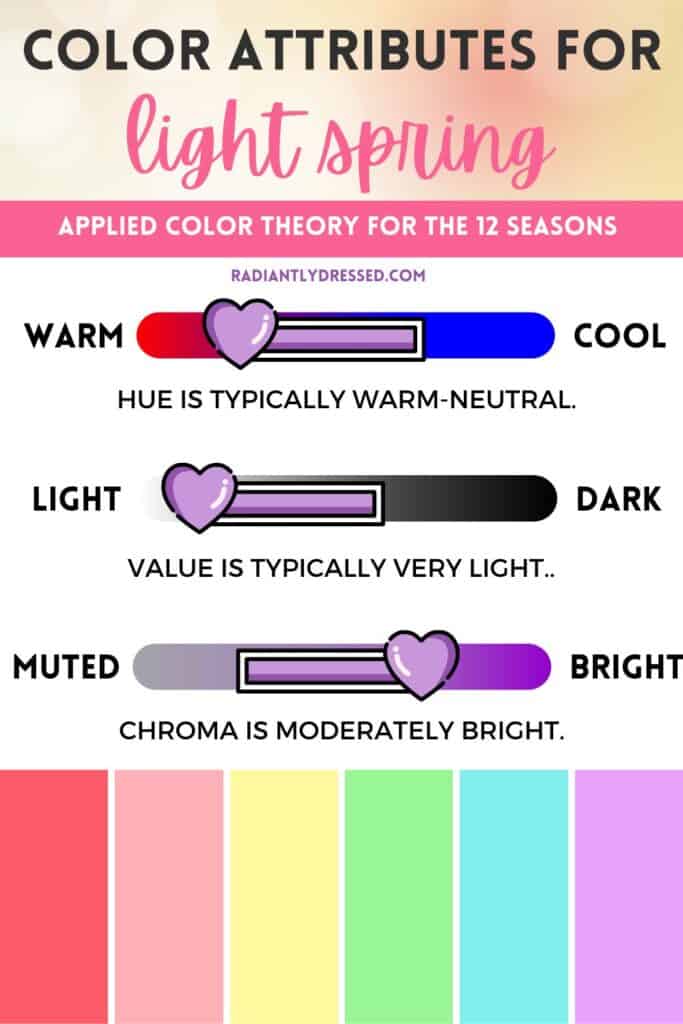
Want to save these graphics for quick access later?
Download the Light Spring Starter Kit to get the color images featured in this post. You’ll also get a bonus FREE color palette template to make your own colorful closet plan.
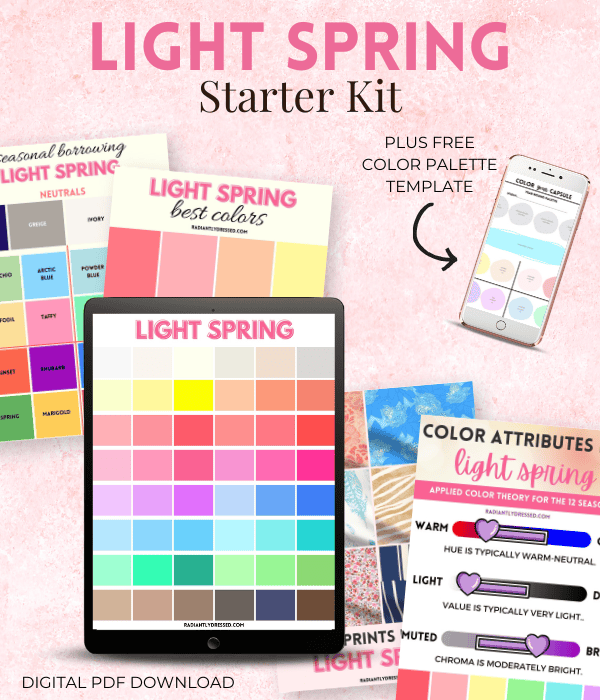
Light spring is one of the lightest seasons, and as such is fairly easy to distinguish from the other characteristics. They will not be able to wear any colors that are dark, other than some select neutrals.
Individuals with a Light Spring palette often have a complexion that radiates with a subtle warmth, typically presenting as creamy porcelain or soft peach. The underlying warmth of this skin type is supported by a delicate red undertone, often paired with a yellow or pink overtone.
The eyes will typically be blue or green, with a light brilliance to them. The patterns of the spring eye often have a summer or winter base, and a green floral pattern is common to those in the spring seasons.
Light Spring hair can range from the lightest platinum to richer dark blonde shades, often enhanced with shimmering highlights in gold, red, or strawberry. Various shades of red hair are often common for this type. These warm highlights play up the natural vibrancy and dimension of the hair, perfectly complementing the Light Spring color palette.
The features are overall similar in depth, with none of the features standing out above the rest. Although very light, there may be a shiny brightness to the eyes and hair that is typical of spring seasons.
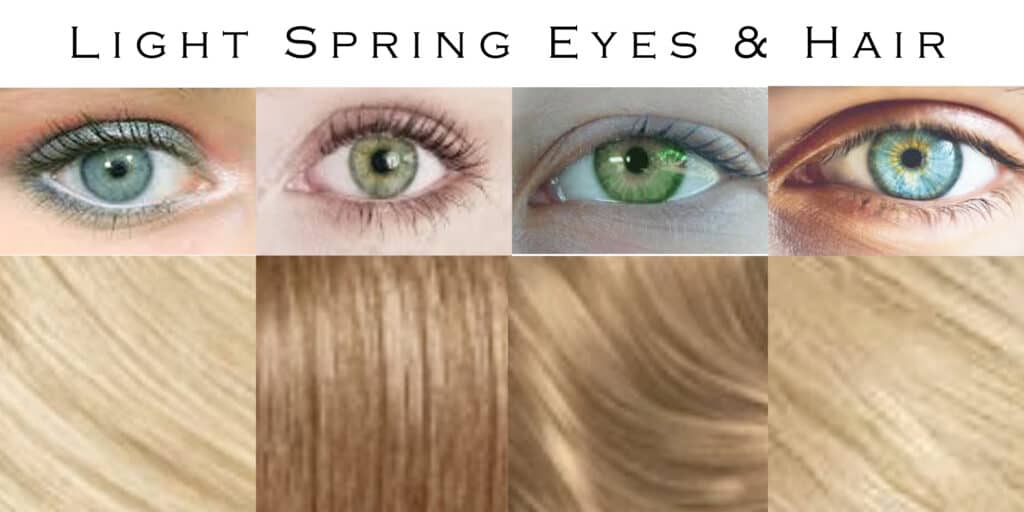
The features are overall similar in depth, with none of the features standing out above the rest. Although very light, there may be a shiny brightness to the eyes and hair that is typical of spring seasons.
Makeup for the Light Spring Woman
To emphasize the features of light spring, makeup colors should be both warm and light as well.
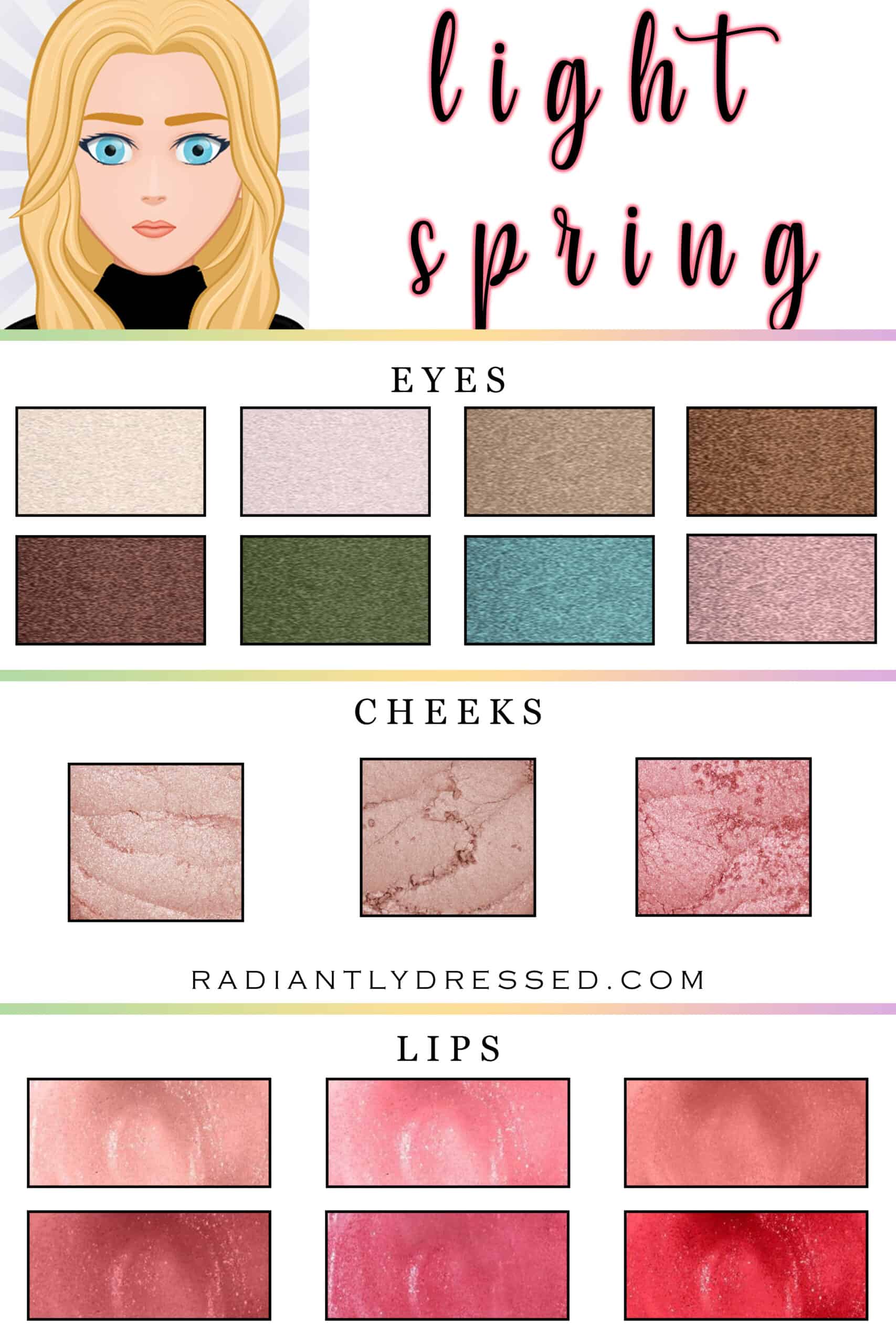
For the eyes, choose light neutrals such as soft ivory, icy pink and taupe, or darker browns such as copper and redwood. Accent colors could be olive, warm teal, or mauve.
For the cheeks, neutral warm shades of peach, sand, and coral are wonderful to bring out a peachy glow for light spring.
Nude lips are a winner for light spring, along with blush and caramel. For a bolder look choose toffee, bubblegum pink, or coral red.
Avoid cool tones like pink or berry red lipstick, cool blue and green eyeshadows, and soft pink cheek colors. Light spring should also stay away from dark lip colors.
Inspiration: The Sherbet Tones of Light Spring
Light spring is known for its glowing light and warm colors. Think of fresh fruit made into ice cream or sorbet. Since it’s in the warm color family, it’s heavy with reds, oranges, yellows, and greens.
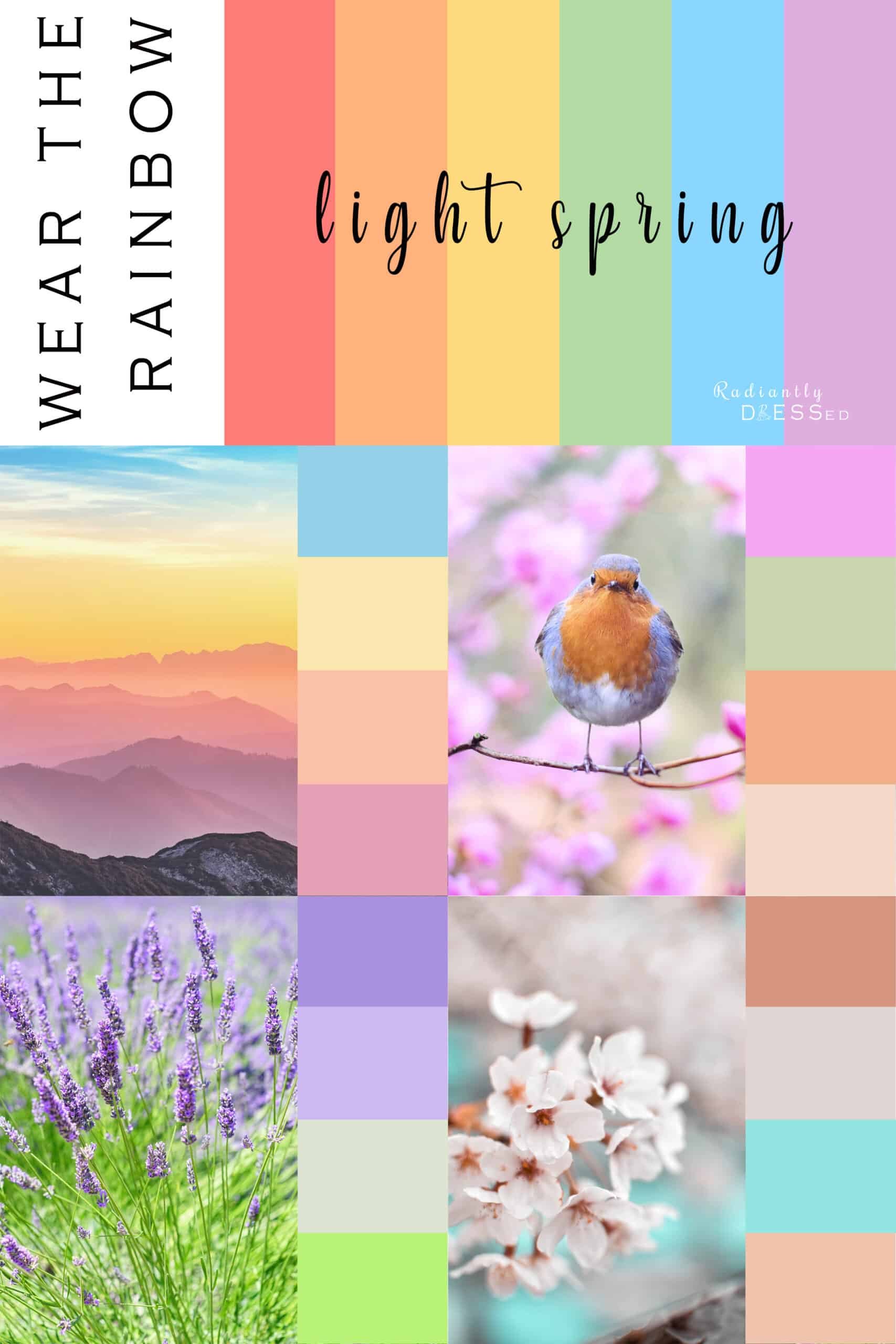
Visual Inspirations
In this visual exploration, we delve into the natural occurrences of the Light Spring palette, a delicate and warm adaptation of the traditional six-color rainbow. Unlike the classic, more saturated rainbow, the Light Spring version features hues that are significantly lighter and imbued with a gentle warmth, echoing the softness of early spring.
Picture the serene beauty of a soft golden sunset, its edges blushing with a faint pink glow—this scene captures the essence of Light Spring’s warm and inviting range. Such moments in nature provide a perfect analogy for the Light Spring palette’s capacity to blend warmth with lightness seamlessly.
Further illustrating Light Spring’s hues are the vivid contrasts found in nature, such as a vibrant songbird perched amidst pink blossoms. This image not only highlights the palette’s characteristic brightness but also its playful charm. Similarly, the sight of purple flowers emerging from a bed of lime green grass showcases the slightly cooler yet still warm aspects of Light Spring, offering a visual representation of its versatility.
Additionally, the pairing of soft ivory blossoms set against a backdrop of classic turquoise epitomizes Light Spring’s approach to neutrals. These colors are light, airy, and foundational within the palette, offering a refreshing twist on neutrality that supports a range of expressive color combinations.
Light Spring Color Palette
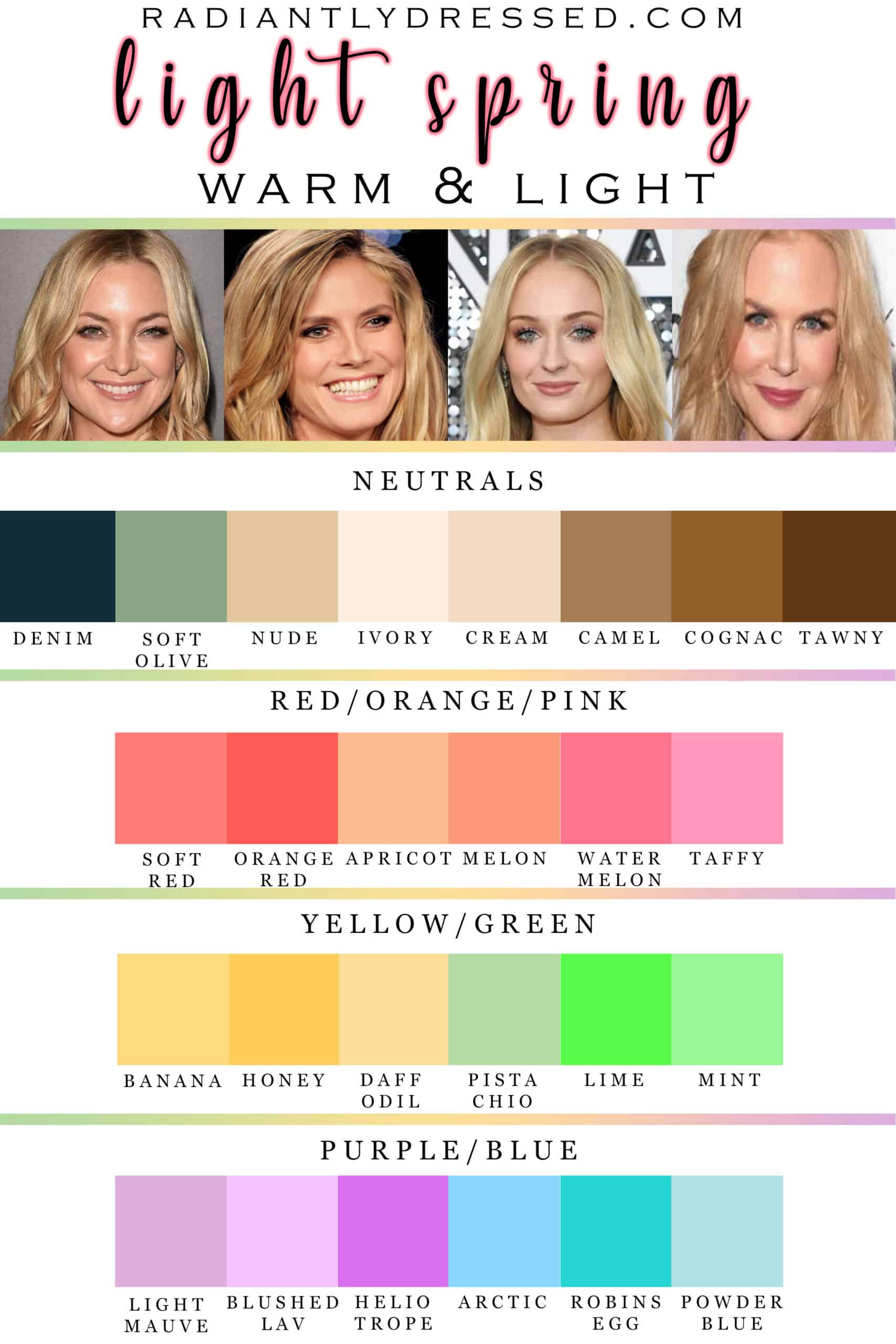
Want to save these graphics for quick access later?
Download the Light Spring Starter Kit to get the color images featured in this post. You’ll also get a bonus FREE color palette template to make your own colorful closet plan.

In creating a palette for light spring we start with neutrals, and work through the major color families.
Black and white are out for all spring types with brown and denim taking the place of black, and ivory functioning as white. Soft olive and nude are optional neutrals that will be staples in the light spring wardrobe.
Soft and orange red are better than true red, and since light spring is warm, pinks run lean to orange. Yellows appear as banana, honey, and daffodil. Many greens can be worn along the light spectrum. Blues are typically cool, but adding green makes them suitable for spring individuals. Light warm purples complete the palette.
There is usually a version of every color that can be worn by any season, but some may be more difficult to match and find. Warm pinks often become coral, some reds may be too cool and/or dark, any blue without green is also too cool. Purples are best that lean towards red instead of blue.
There are some colors that light spring should always avoid. Black and white have been mentioned as they are too stark and high contrast for light spring. Dark deep colors are unsuitable for light spring as they are overpowering. Bright pastels, specifically watermelon and banana are some of the best colors.

Choosing Prints for Light Spring
Choosing the right patterns can significantly enhance your Light Spring style. Your patterns should harmonize with your warm and light color palette and match your scale and contrast levels to highlight your features in the most attractive manner. Here’s the approach to get it just right:
- Color Consistency: Ensure that less than 10% of the colors in your print fall outside your Light Spring palette. This maintains a cohesive and harmonious appearance.
- Scale: Opt for medium scale prints. You may be able to wear some small prints, but avoid those with overly large shapes.
- Contrast Level: Medium contrast is going to be great, such as those found in analogous color schemes in moderately bright colors.
Following these tips will boost your Light Spring wardrobe and increase your confidence in selecting patterns. Below, you’ll find a collection of curated images that perfectly demonstrate these guidelines.
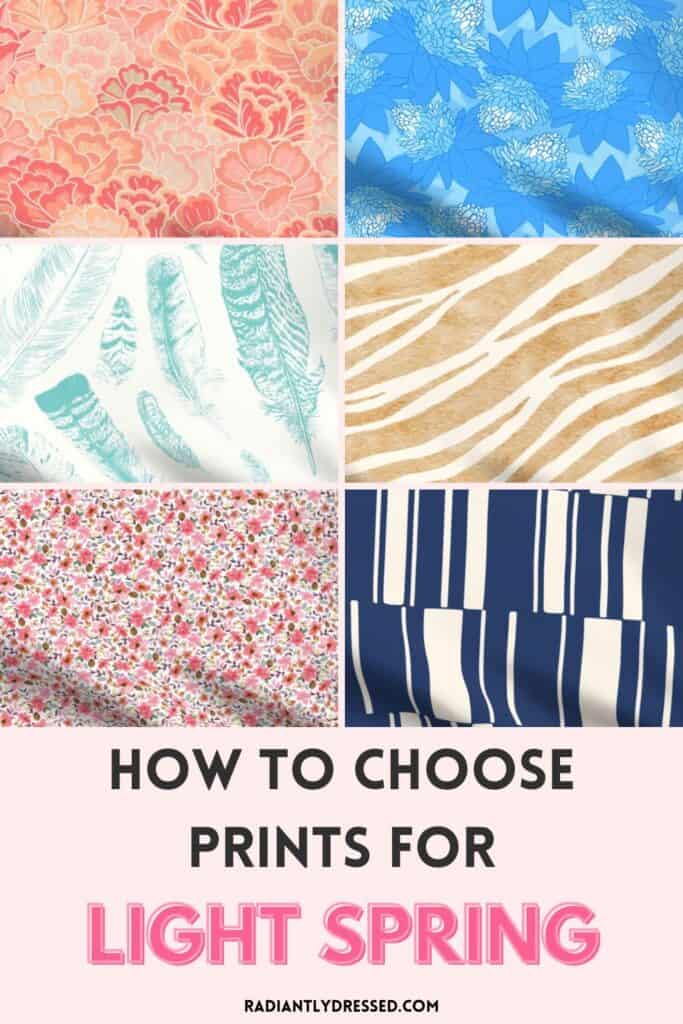
Wardrobe Essentials for Light and Warm Coloring
No matter your style or personal aesthetic, there are a few items that every woman should have in their wardrobe.
The basics of any wardrobe should be neutrals, and you could certainly choose the same neutrals. Layering similar shades of the same color will create a rich luxe look.
For those that enjoy a more colorful look, the basics are still appropriate, but fun and funky accessories in the yellow, pink, red, and teal families will add interest.
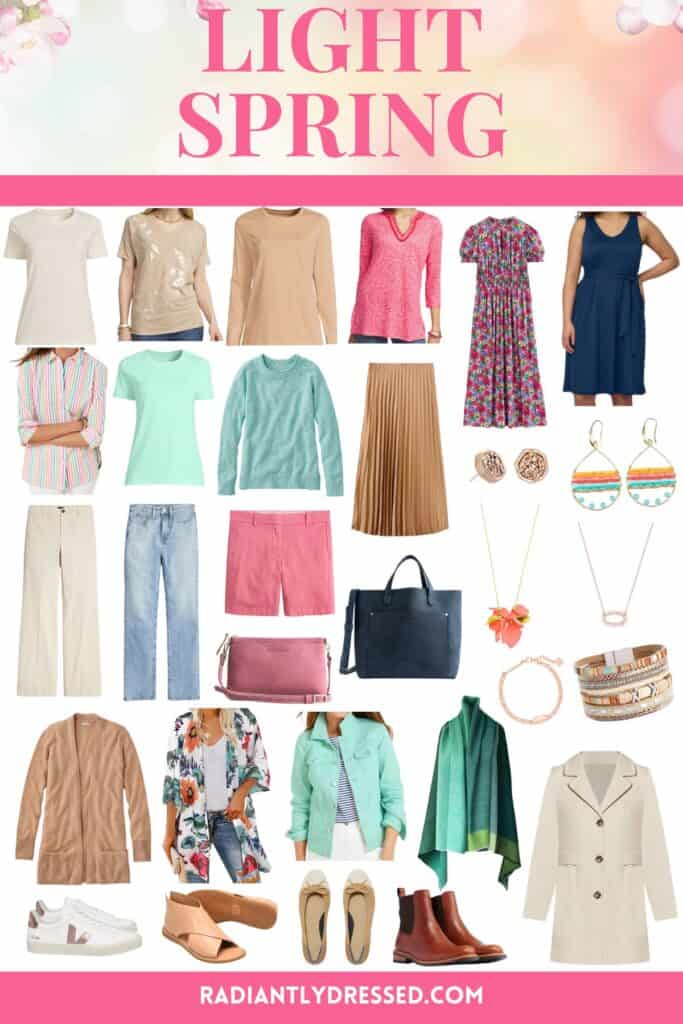
Click here to shop the Light Spring wardrobe essentials.
Frequently Asked Questions about Light Spring
How do I know if I am a Light Spring?
You might be a Light Spring if you have light to medium hair with warm highlights, a creamy or peachy complexion, and soft, warm eyes. Light Springs often look best in warm and light colors that enhance their natural coloring. Color Analysis can help you determine once and for all what is your season.
What are the challenges for Light Springs when choosing colors?
One challenge for Light Springs is avoiding colors that are too cool or muted for their palette. Finding the right balance in warmth and lightness is key to enhancing their natural beauty without overpowering it.
Can light spring wear white?
True optic white is going to be too stark for light spring. Soft white would be a great choice, along with ivory and shades of cream.
Can light spring wear navy?
Navy can be a great neutral for light spring, and often easier to find than various shades of dark brown. Consider also warm versions like navy or lighter options like soft navy.
Can light spring wear red?
A true red will be a great choice for light spring. Avoid reds that are dark or have a blue undertone. Light, pastel shades of red are great, along with orange based shades like tomato.
Can light spring wear silver?
Light spring should stick with warm metals instead of silver toned metals. Yellow and rose gold, bronze and copper are great choices for this warm season.
Can I still wear black?
Of COURSE you can still wear black. I personally believe that black is a staple in any wardrobe. Any season can wear black, but some may find it overwhelming. Black is likely to be much more harsh on light spring than some other seasons. Black definitely isn’t your BEST color, and lighter shades of brown and navy will be most suitable. However, if you’re building a capsule wardrobe choosing black as a base may be easiest to find.
I hate these colors, could my season be wrong?
Yes absolutely, it could be true. But I want to challenge you, what is it that you hate? Is it the neutrals that you don’t like? Perhaps you don’t like brown? Refer back to my statements above about wearing black. Is it one of the color families, yellow or orange perhaps? Don’t wear them! Just because a palette includes all these colors doesn’t mean you should wear them all. I dare you to look at your closet and see if you naturally gravitate to any of these colors. If the answer is no, and you still feel this is completely wrong, let me know! I can help!
How Do I Build a Light Spring Capsule Wardrobe? Building a Light Spring capsule wardrobe is a streamlined process when you focus on your season’s best colors. Start with your neutrals like navy, cashmere, and ivory which will serve as the foundation of your wardrobe. Then, add in your main color and 2-3 accent colors from the Light Spring palette. Colors like tiffany, butter, or taffy work well.
Here’s a simple guide to create a color palette include:
- Base Colors: Maple and almond
- Dark Neutral: Soft navy or tuscan
- Light Neutral: Ivory or alabaster
- Main Color: Choose one from warm pink or light teal
- Accent Colors: Pick 2-3 from your palette, like greens, yellows, or blues
Can I only wear these colors?
No way! You should wear what you love! If you want to wear emerald green, then go for it! You may find, however, that learning your season affects how other colors make you feel. If you feel confident rocking a color, then it’s yours to own. But if you don’t, feel free to leave it to the seasons that wear it well. If you’re looking to expand your palette, you can also consider sister seasons.
The following are sister seasons for light spring:
Light Spring Colors for the Whole Year
When borrowing from other seasons, it’s helpful to consider those which share attributes. Many women like to choose colors that help them feel in touch with the calendar season, like pink in spring. For Light Spring, the following borrowing recommendations work across the whole year.
In Spring, stick with any colors in the three spring seasons.
In Summer, borrow colors from light spring to embody the lighter feel of summer.
In Fall, borrow colors from warm spring to lean into the warmth of a roaring fire.
In Winter, borrow from clear spring for slightly deeper colors of the cold season.

Want to save these graphics for quick access later?
Download the Light Spring Starter Kit to get the color images featured in this post. You’ll also get a bonus FREE color palette template to make your own colorful closet plan.

Action Steps for Embracing Your Light Spring Palette
- Identify Your Colors: Start by familiarizing yourself with the Light Spring color palette. Keep it handy on your phone or print it out for quick reference when shopping. Buy the Light Spring guide here to go deeper.
- Purge Your Closet: Remove items that are far from your Light Spring colors or don’t make you feel good. Consider donating or reselling them.
- Invest in Neutrals: Buy wardrobe staples in your best neutral colors like navy, beige, and ivory. These will be the backbone of your wardrobe.
- Choose Your Best Colors: Pick 2-3 signature colors from your Light Spring palette that you love the most. These will give your capsule wardrobe some variety.
- Plan Your Capsule: Following the 100 Piece Wardrobe Framework, build a capsule wardrobe around your neutrals and accent colors. Aim for versatility and cohesiveness.
- Shop Smart: When shopping for new items, always have your palette in mind. This will save you both time and money in the long run.
- Trial and Adjust: Don’t be afraid to experiment a bit. Wear your new colors and pay attention to the compliments you receive and how you feel in them. Make adjustments as needed.
- Seek Guidance: If you’re struggling to implement your Light Spring palette, consider seeking professional help. A color analysis session can be a transformative experience.
- Celebrate You: Remember, God made you beautiful in your unique way. Embrace your Light Spring attributes as a reflection of His creativity.
By following these steps, you’ll be well on your way to simplifying your wardrobe while looking your best, feeling confident, and honoring your uniqueness.

Final Thoughts on Light Spring
By adopting the Light Spring palette, you can ensure that your wardrobe mirrors the vibrant energy of your seasonal color profile. This exploration into finding the ideal shades enables you to put together a collection of clothing and accessories that enhance your natural glow.
This guide has offered insights into the colors that complement your skin tone, makeup that accentuates your best features, and tips for assembling a capsule wardrobe that suits your Light Spring qualities.
Are you a Light Spring? If so, say hello in the comments!
Related Color Analysis Articles:
- Light Spring vs. Light Summer
- Color Theory for Color Analysis
- Eye Patterns and Color Analysis
- Personality and Color Analysis
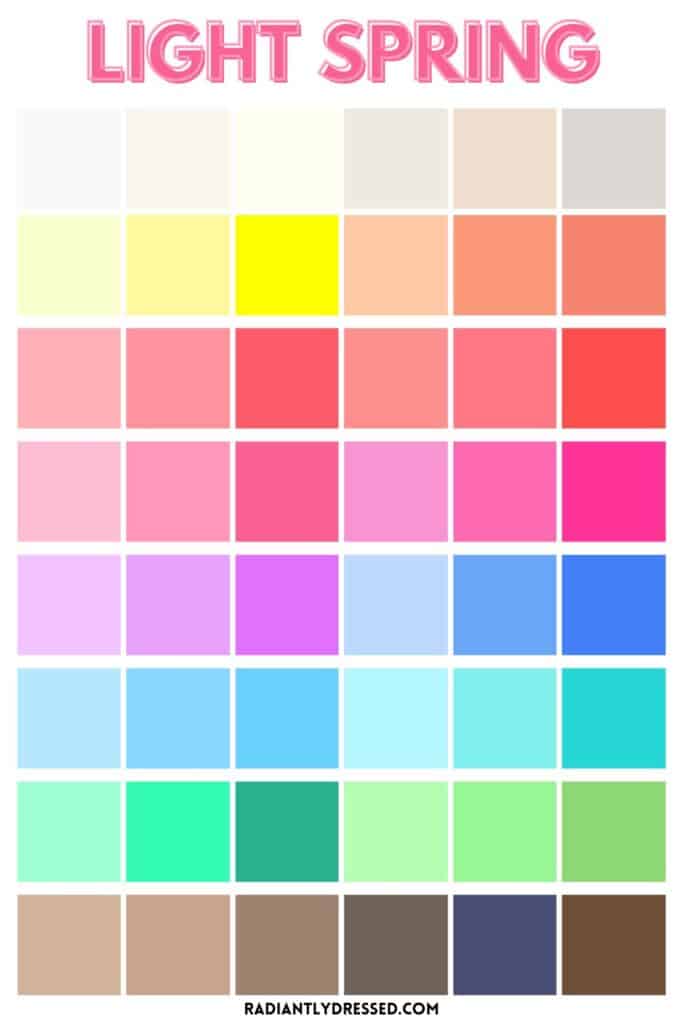
Light Spring sits on the cusp of spring and summer and is warm and light.
Stacey is the owner and creator behind Radiantly Dressed. She is a certified image consultant and AICI member focusing on creating simplicity in wardrobes via color and style.
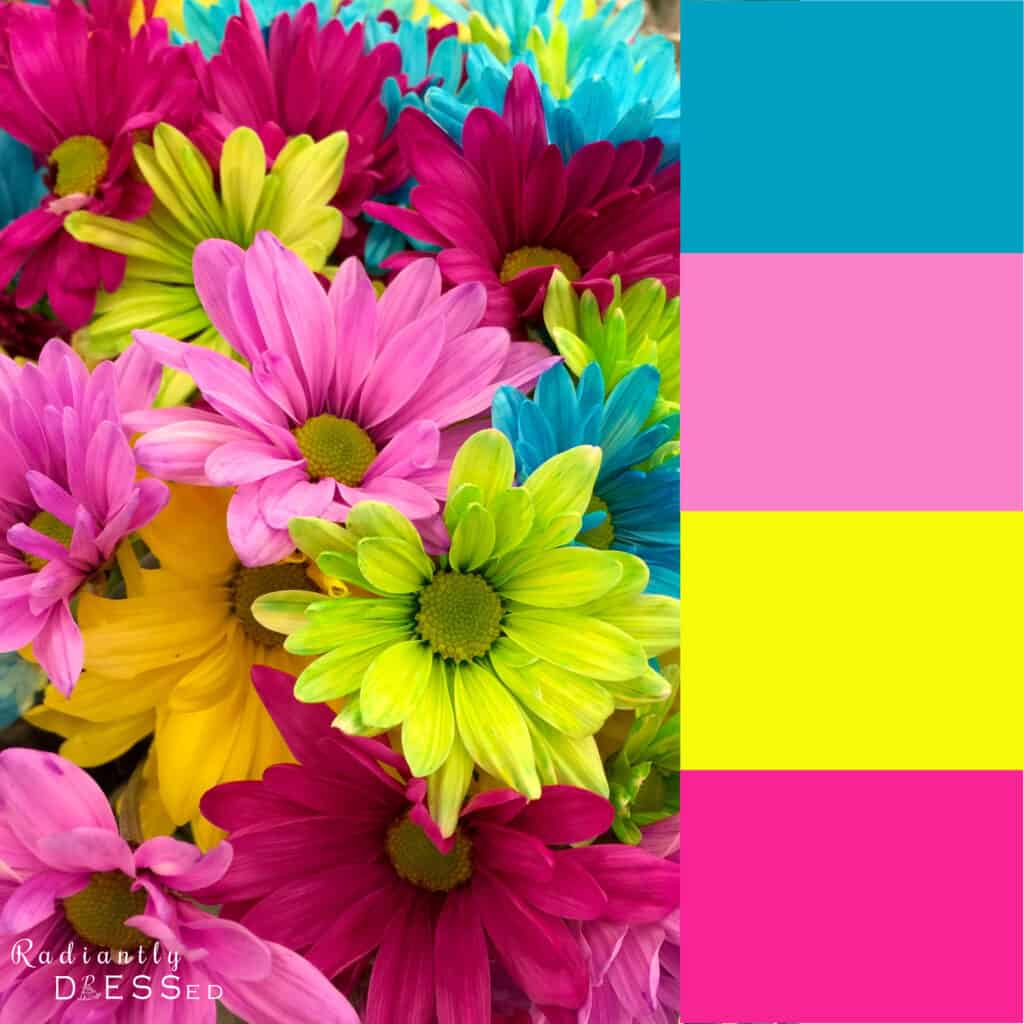
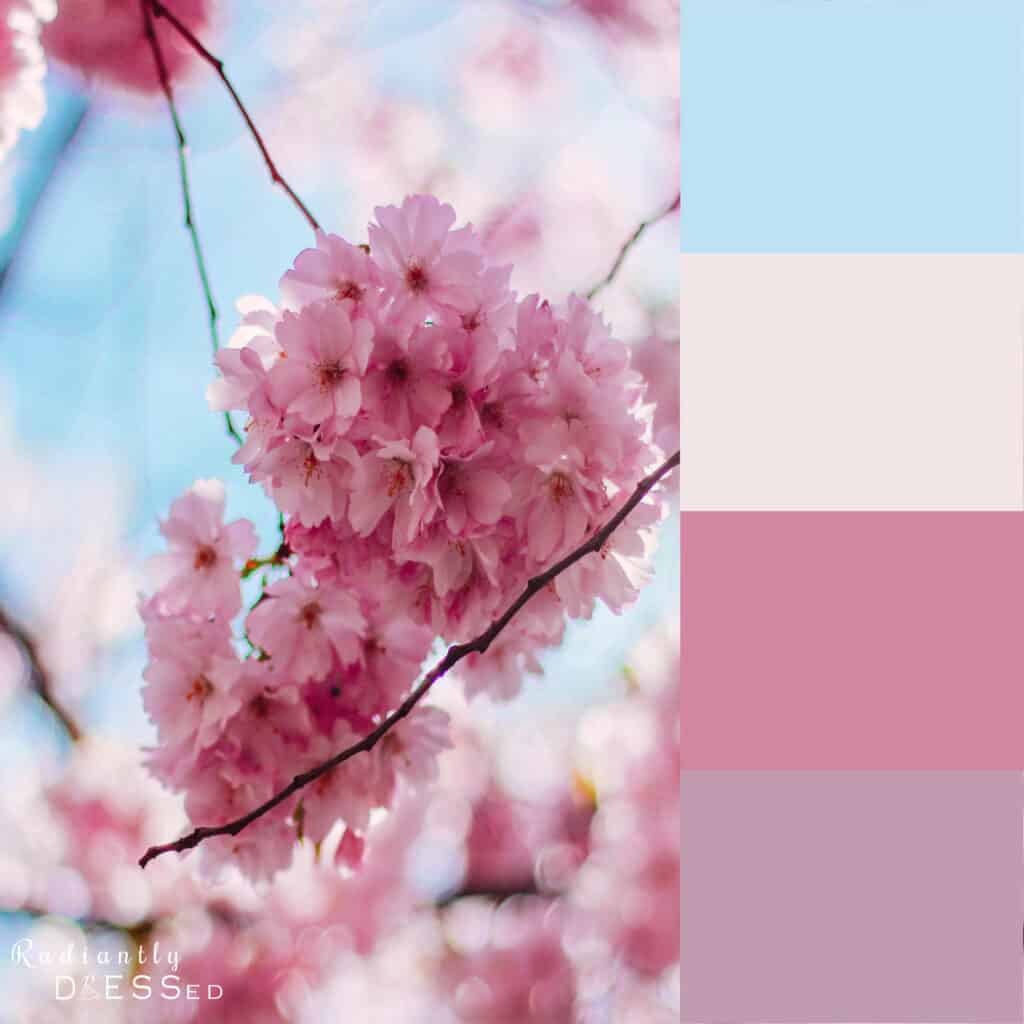
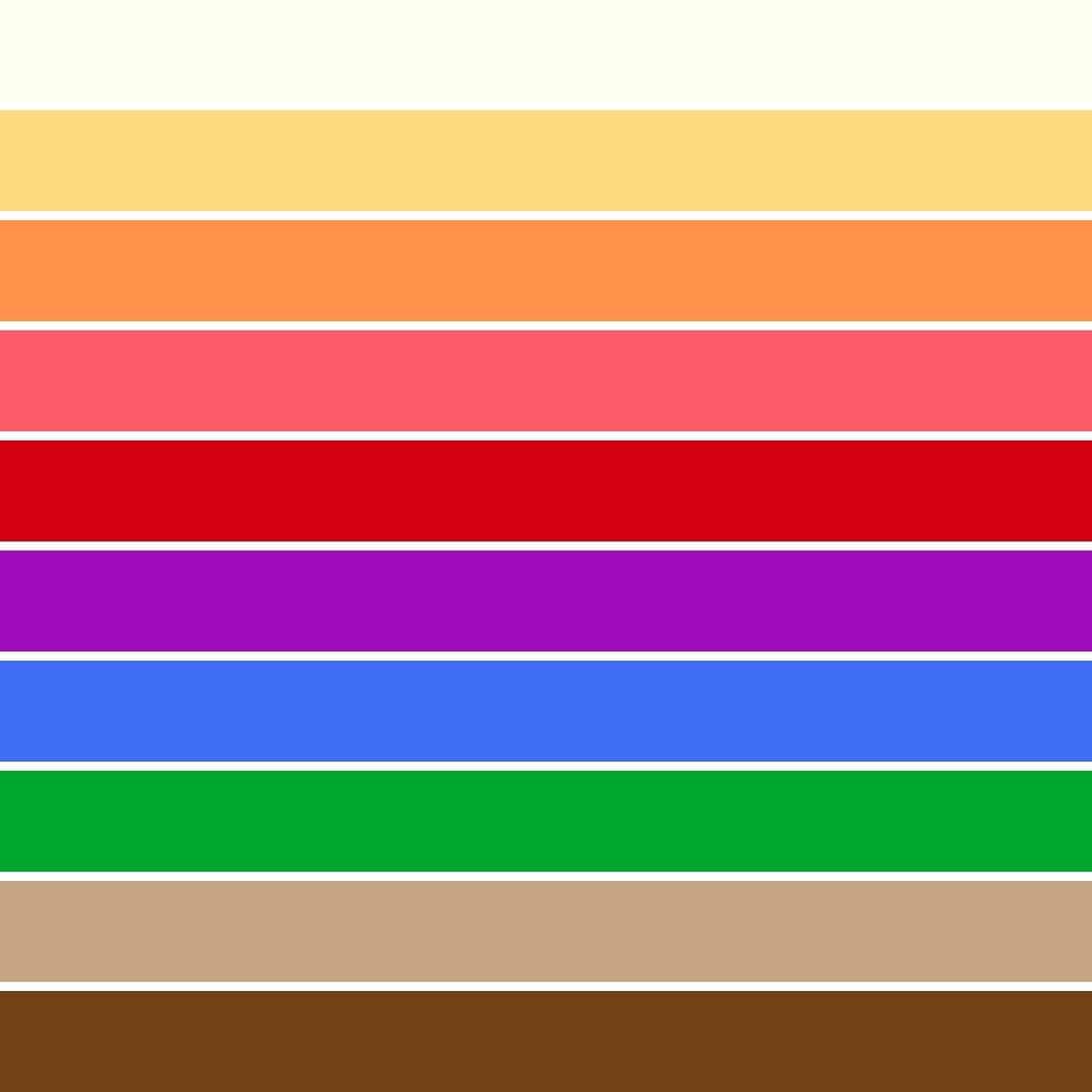
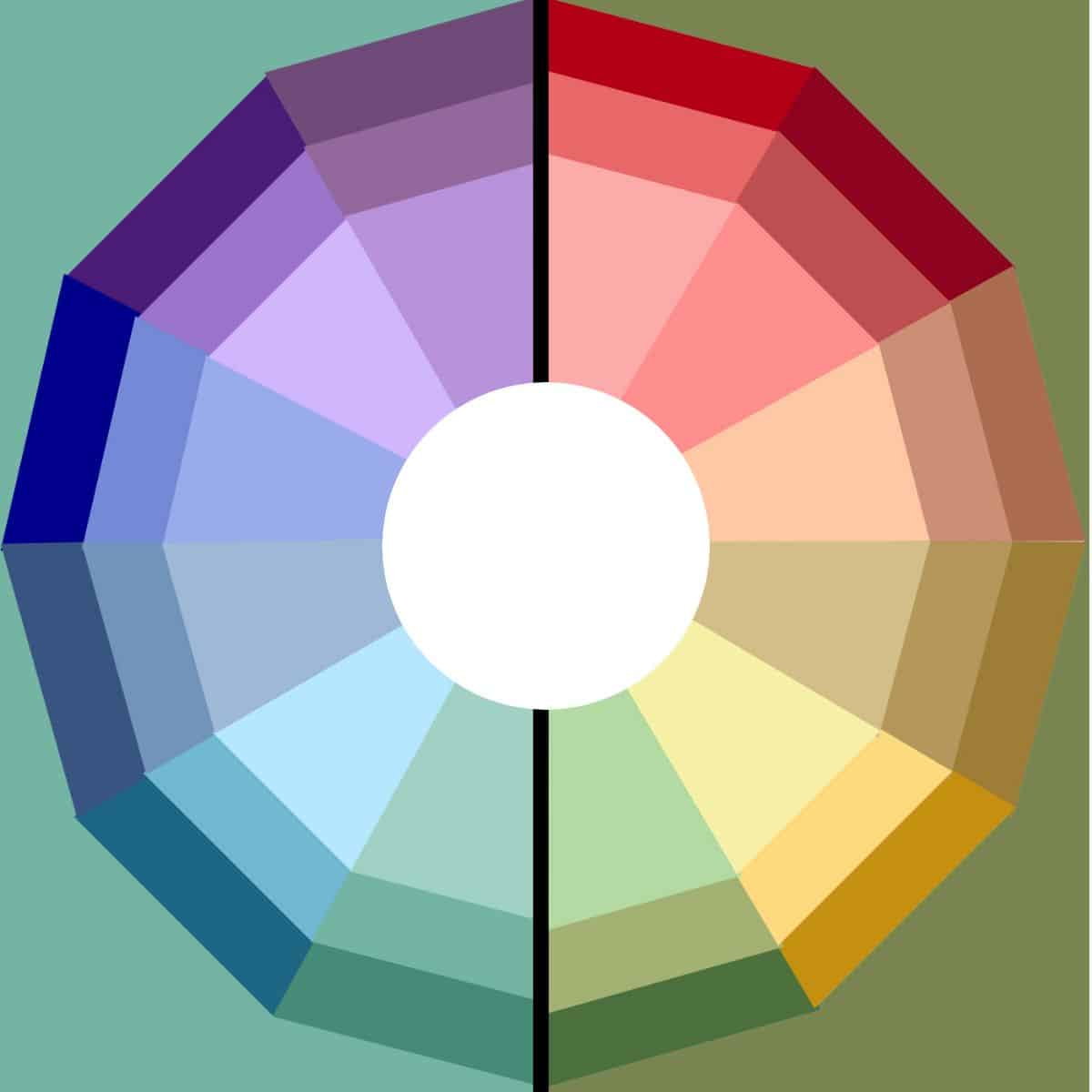
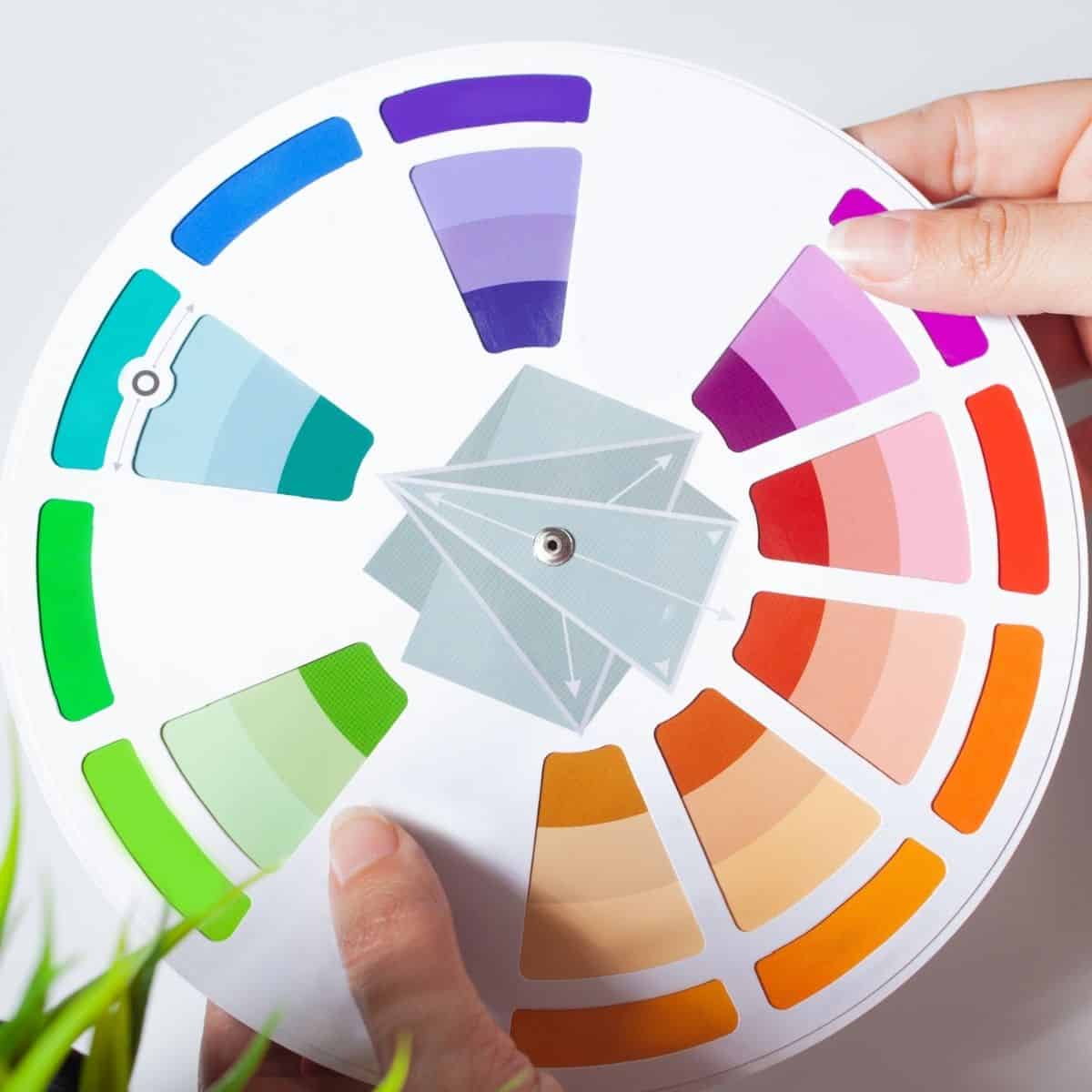
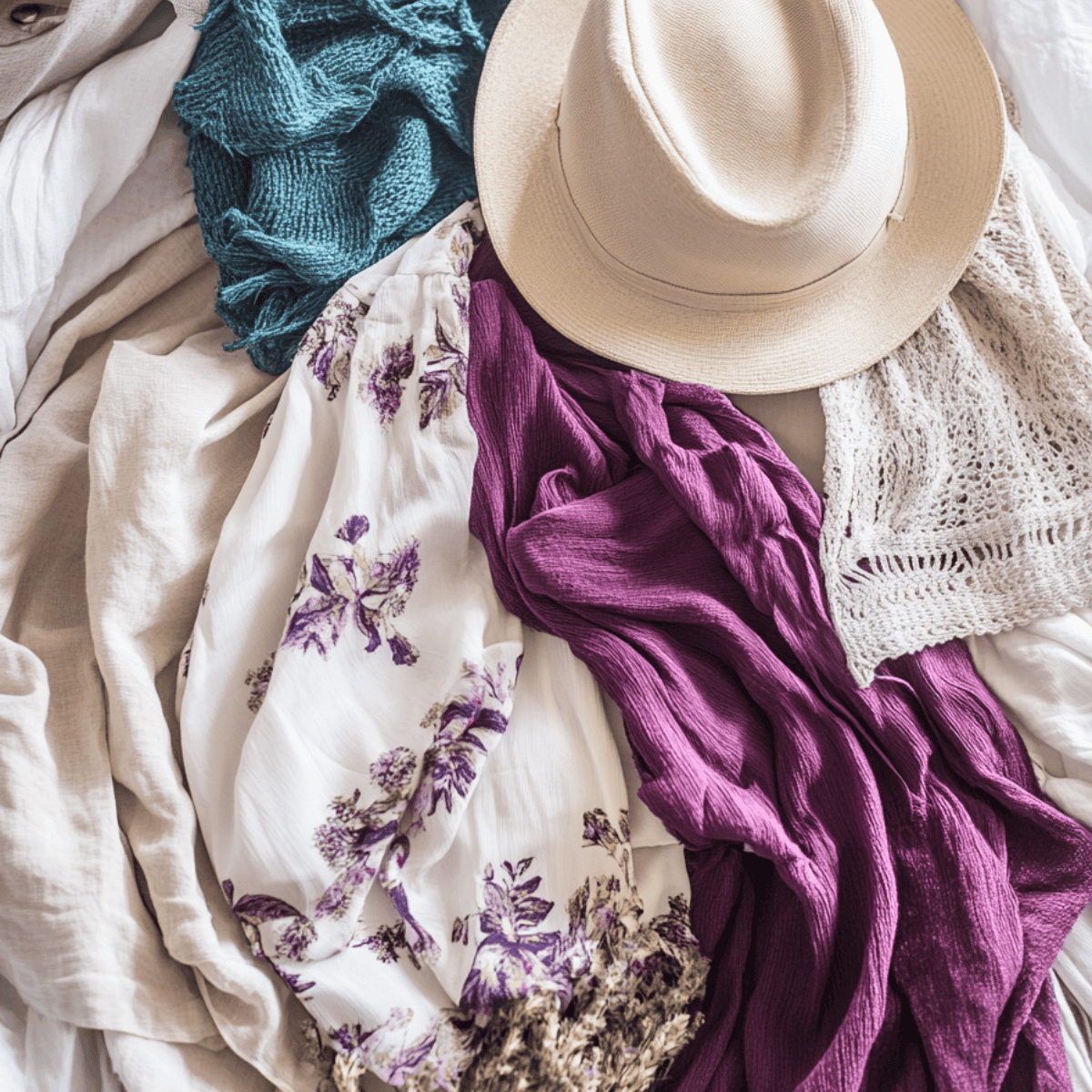
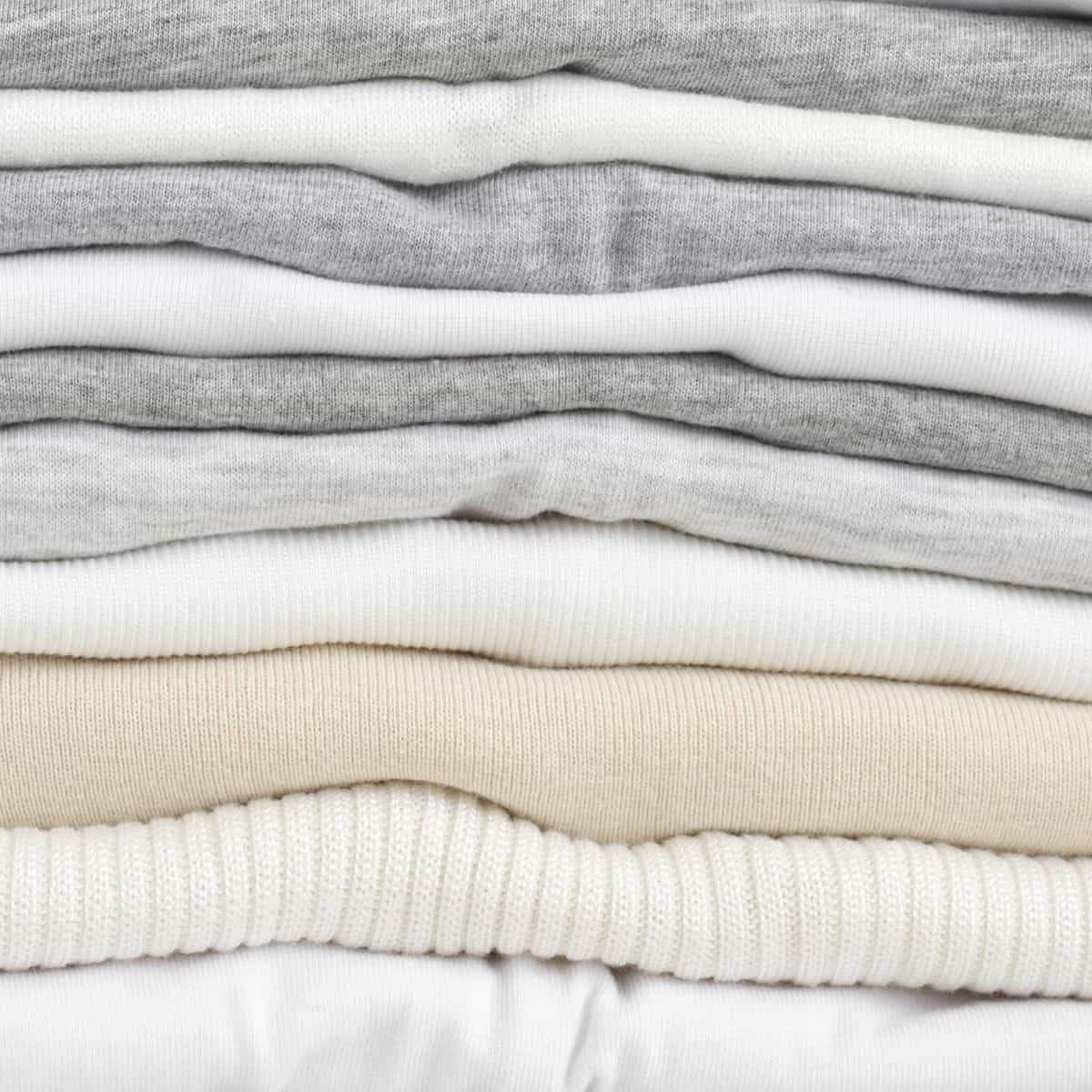
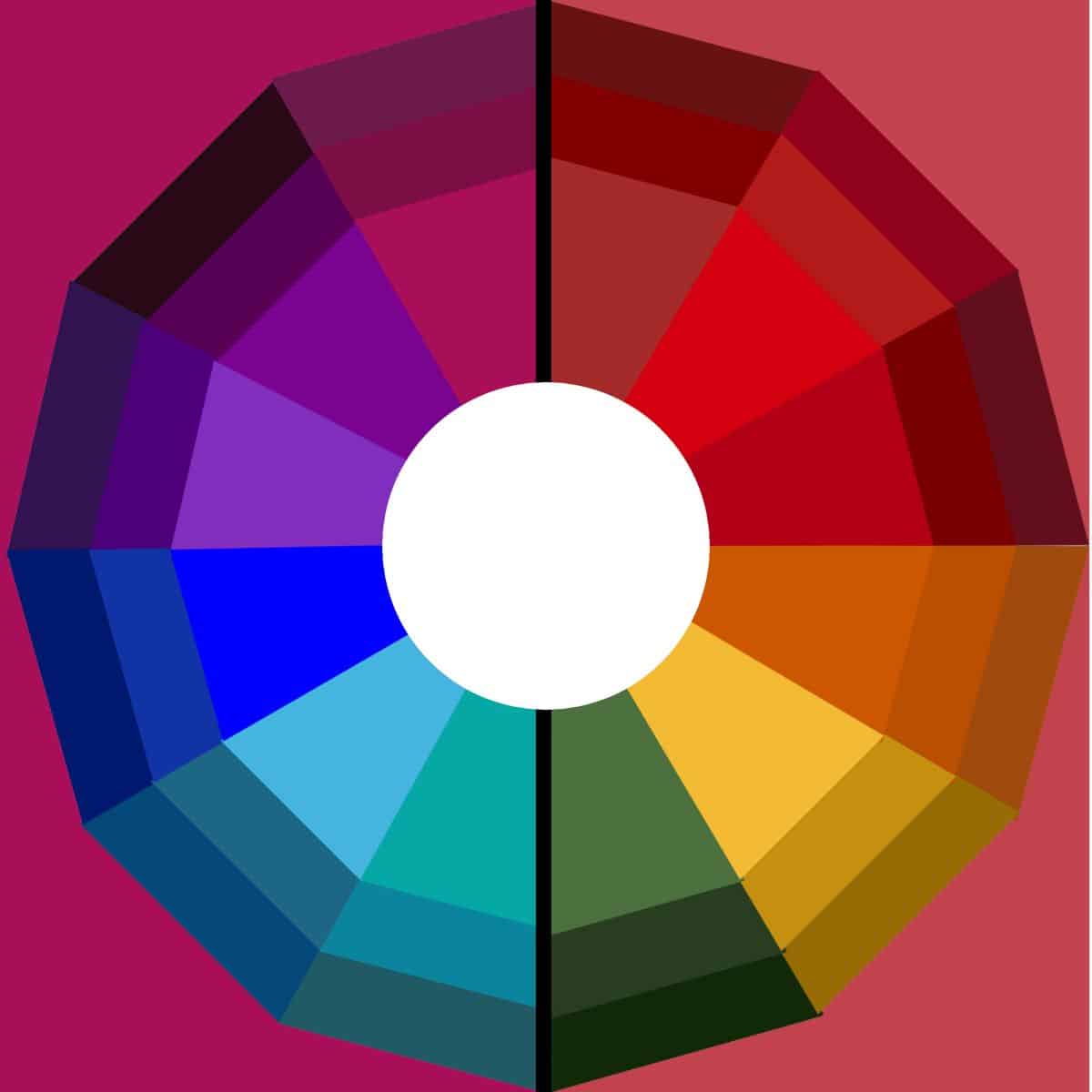
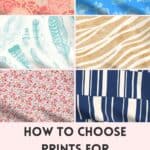
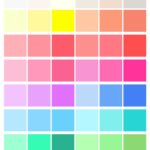
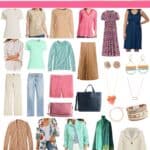
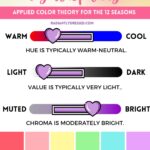
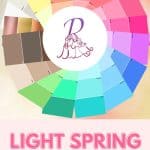
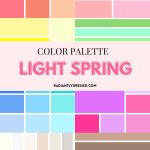
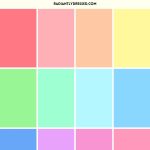
Hi,
I had a consultation, but still confused with my colours. I was told I am a light warm spring and when asked for a celebrity to compare was told Jennifer Aniston. But I feel I am nothing like her.
My warm is just below the red on your scale , my light and my chroma is where your warm is on the scale.
I found you page the closest to any help on the web.
Thought maybe you could help me?
Christine
Hey Christine, thanks for the compliment and I’m so glad this was helpful! For starters, I wouldn’t consider Jennifer Aniston to be a light spring. She is usually typed as Soft Summer. Do you feel like these colors are congruent with your coloring, are you drawn to them? I would try to ignore the comparison and evaluate the colors on their own. Best wishes!
Thank you for your reply, it is greatly appreciated. I would be drawn to the colours for furnishings in my home but not on me. They seem to be a bit too soft. Washed out pale pinks, corals ect seem to make me look like I am in my pjs. I like the blue in the sister season as it is a nice solid colour. I have had my colours done a few times but always seems to not work for me. I felt like having someone to look at may help me understand.
Hopefully one day I will understand. I am currently letting my colour grow out so I can start again with the right highlights, I hope this helps me.
Thanks
Christine xx
Good morning, thank you so much for this comprehensive report on light springs. When I was originally matched, back in the 80’s, I was a bright spring, now those colors are just too, too something. With all the info here the light spring goes so much better with my now ashy silver hair. And my skin at 70.
Thanks again,
Hello~ I enjoyed this page and all the info on my color~ light spring! I have a question. When shopping for clothes, they don’t list in the tags whether the color is warm or cool. How does one know if the shade is a warm or cool undertone of the color? ex: blues, yellows etc. thanks~ Nancy
I was analyzed a long time ago as a summer. I had dark ash blond hair with some golden highlights. Blue green eyes. I never liked my colors and colored my hair auburn or reddish blond and usually wore beige, brown, rust, etc for many years. Now I am a senior with very light white silvery hair. I have pale skin and wear light ivory foundation. The summer colors do seem to suit me but I miss my neutrals and browns. I have always felt like myself in those colors. Can I still wear those colors? I am so tired of mainly wearing blue and navy. I am told I look good in black but only with makeup on, otherwise I am very pale.